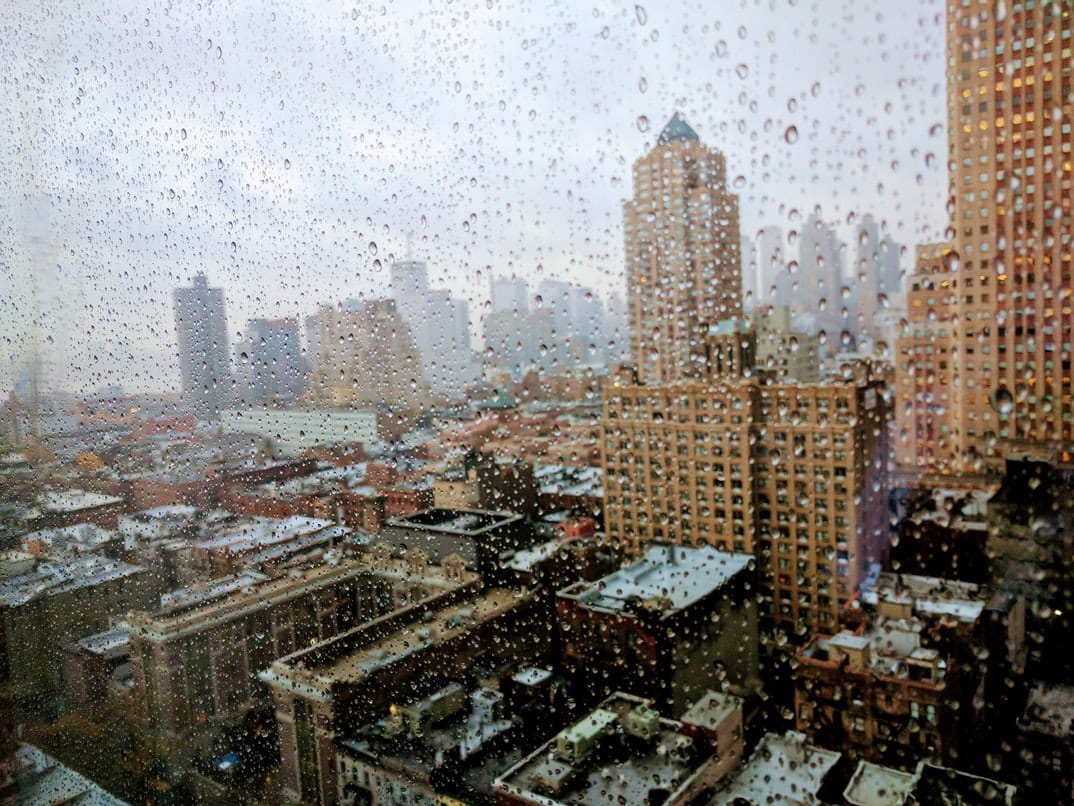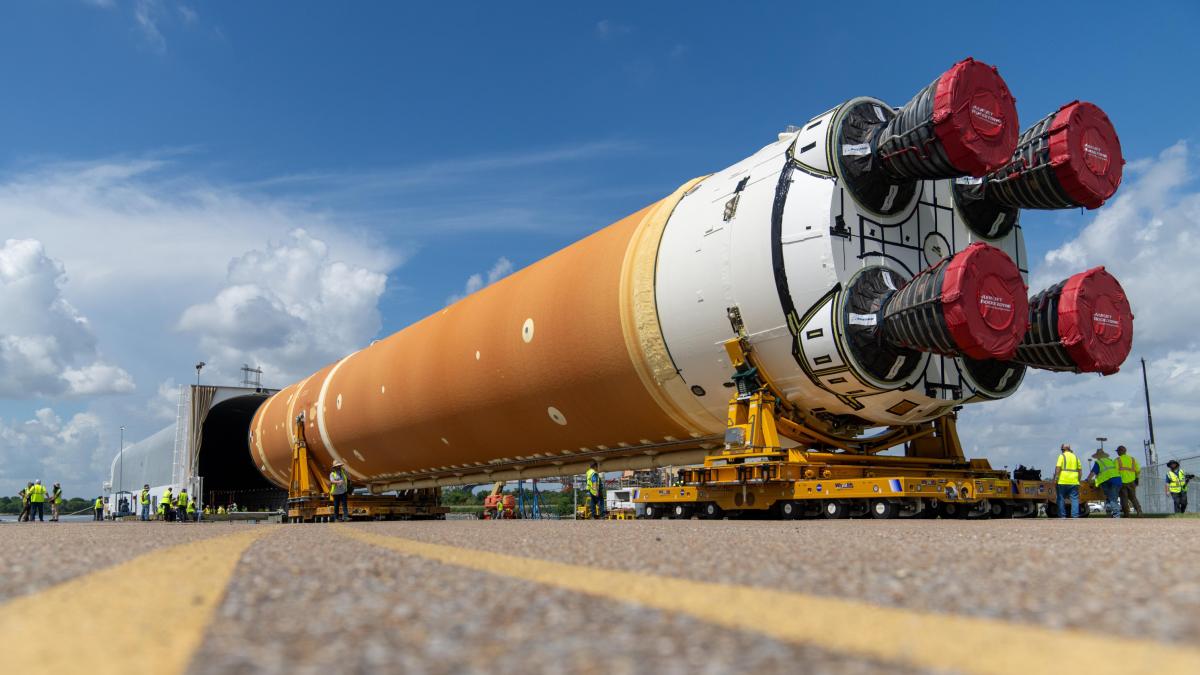How to Prepare for the 2022 Monsoon Season in the US

July is almost here, and with that, the US monsoon season. Given how the climate has changed over the years, the monsoon in 2022 will predictably be somewhat different. You will not know what to expect. So, here are a few tips on how you can prepare for the 2022 US monsoon season.
Check Your Rain Gutters
The heavy rains of monsoon season can also damage your house and property if you don’t prepare for them accordingly. Make sure your rain gutters are clear of debris and leaves, as blockages can cause water to pool on the roof and seep into crevices around it. Also, check that any downspouts are securely attached and free of leaks or cracks.
You’ll also want to make sure that your rain gutters are angled properly so that rainfall is directed away from your home. Finally, before the monsoon season arrives, look for any cracks in the foundation around your house or shingles that could allow water to leak in during a storm; this will help prevent long-term water damage inside your home.
Clean Outdoor Drains
- Clean outdoor drains before and during the monsoon season. A hose can be used to flush out debris from drains, and a plunger or snake could help clear clogs. It’s advisable to place a screen with small holes over your drain to prevent leaves, grass, and other large pieces from falling in the first place.
- After any major storm, check on your roof for damage or blocked gutters. If you find that your gutters are clogged with debris (which is common), it’s best to take care of them promptly before the next storm hits. Gutters that are unable to direct water away from the house properly can cause water damage to both the interior and exterior of a structure.
Prepare a First Aid Kit
First aid kits can be a lifeline in an emergency. If you don’t have one, put one together ASAP and make sure it’s replenished when items run out. You can buy a pre-assembled kit or put one together yourself using the following items:
- Bandages
- Disinfectant
- Gauze
- Scissors
- Tweezers
- Antiseptic wipes/spray/gel/cream (just pick 1)
- Aspirin (for heart attack victims)
You should also include Bottled water, enough for at least three days per person in the household, in your kit. If possible, get some water purification tablets as well. Some experts suggest a minimum of ½ gallon of water daily per person, while others recommend 1 gallon; if you’re at high risk of becoming injured during a disaster or evacuation, err on the side of caution and get more water than less.
Experts also recommend including powdered drink mixes to help people maintain their hydration levels during an emergency. Keep non-perishable food if possible. Just like with water, there are no clear rules on how much to have on hand, but experts suggest storing enough for 72 hours or longer, depending on how likely it is that you’ll be able to restock after the initial disaster and what your family’s needs are.
Check the Weather Forecasts and Warnings Regularly
As with any natural disaster, knowledge is power. When it comes to monsoon season, that means keeping a close eye on the weather around your area. Make sure you have a weather app set up on your phone that can give you real-time alerts and forecasts. A simple Google search like “is it going to rain today?” will also fetch you accurate results from the best weather apps and sites. Modern weather apps are highly advanced and use current and historical weather data to provide accurate predictions.
Learn How to Report an Emergency
The first step to preparing for the monsoon season is to determine who your power authority is and how to report outages to them. If you have an electric car, this becomes even more critical. Most areas in the United States have a “smart” electricity grid, which means power companies can pinpoint outages using data collected from their customers’ meters.
Phone apps can help you track outages and get in touch with your utility company without having to call. In addition, it’s a good idea to know how much time you can comfortably go without power—and what your backup plan looks like if that happens.
Learn How to Contact Family and Friends
It’s always important to have plans for keeping in touch with people after bad weather hits, especially during monsoon season when there might be frequent power outages that affect phone lines and cell service as well as internet connections. Having walkie-talkies or communicating via HAM radios is one thing you can try out.
After ensuring all these, you can rest assured that you are prepared for this year’s monsoon. No matter how bad the weather gets, you will remain safe and dry as long as you stick to these points.




